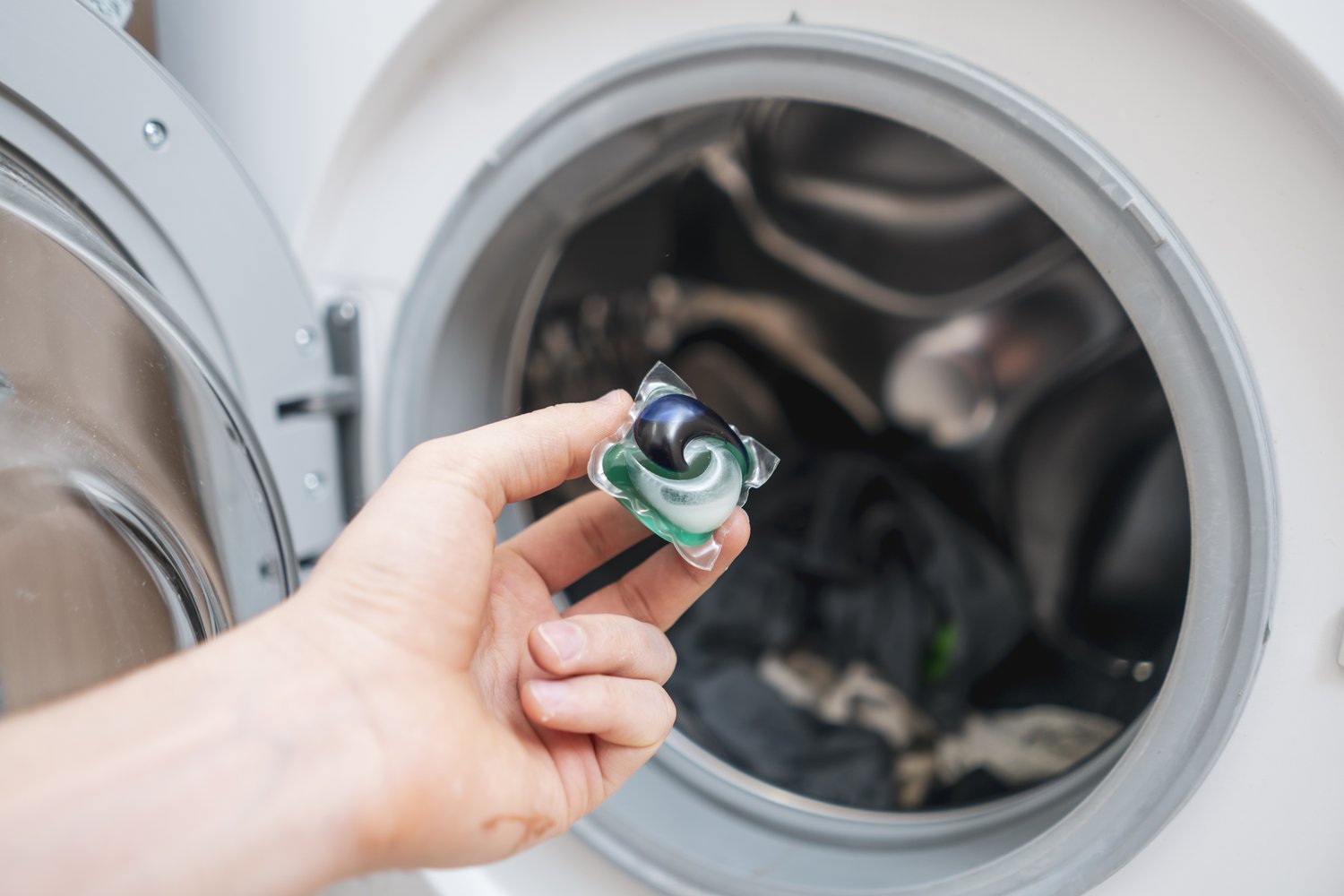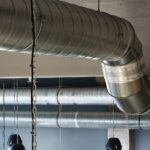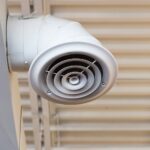Washing machines are the unsung heroes of modern households, quietly handling loads of laundry while you tend to other tasks. Yet, their efficiency can hit a snag when confronted with cryptic error codes on their displays. Unlocking the secrets behind these codes is crucial for keeping your washing machine in prime operating condition. Ready to delve into the world of error codes and conquer them with ease?
- Understand how interpreting washing machine error codes can save you time and money by identifying issues early.
- Discover common error codes such as E1, E2, and F23, along with straightforward solutions to resolve them efficiently.
- Learn practical DIY troubleshooting techniques to address these codes before considering professional assistance.
- Explore preventive maintenance tips to keep those error codes at bay and ensure your machine’s longevity.
Ready to transform your washing machine troubles into a thing of the past? This guide equips you with the tools to tackle error codes effectively, optimizing your appliance’s performance for years of reliable service.
Understanding Washing Machine Error Codes: Quick Solutions for Common Display Messages
Washing machines are equipped with intelligent systems designed to recognize and display error codes when they encounter problems. These error codes serve as built-in diagnostic tools to quickly inform you of specific issues.
Understanding these codes is crucial, as it allows you to address minor issues promptly, potentially saving you from costly repairs or replacements. Typically, an error code appears as a combination of letters and numbers, each symbolizing a particular fault.
For instance, some codes might indicate straightforward issues such as water supply problems, while others might point to internal component malfunctions that require more attention. Responding to these codes not only ensures your washing machine’s longevity but also maintains its efficiency in your household’s daily routine.
By familiarizing yourself with these error messages and applying quick solutions, you can effectively troubleshoot and resolve minor problems without the need for immediate professional help.
Common Error Code Solutions: Resolving Display Messages
In addressing washing machine error codes, it is essential to recognize and understand some of the most common codes that users encounter. Popular error codes such as E1, E2, and F23 frequently arise, and each is associated with a distinct issue that your machine is facing.
E1 usually indicates a problem with the water inlet. It could be that the water supply is inadequately connected or the inlet valve is blocked. Checking for blockages and ensuring the hose is properly attached can often resolve this problem.
E2 is often related to drainage issues. When your machine fails to drain correctly, it might mean a clogged filter or a kinked drain hose. Adjusting or cleaning these components can frequently solve the problem.
F23 represents a fault in the heating system, possibly involving the thermostat or heating element. This might require more complex repairs and often necessitates examining the internal workings of the machine.
While simple fixes may resolve some issues, addressing others may involve more in-depth repairs requiring both technical skill and possibly professional intervention. Identifying and understanding these error codes is the first step toward effective troubleshooting and maintenance, ensuring your washing machine remains in prime working condition.
DIY Troubleshooting for Washing Machine Error Codes: Quick Solutions
Before reaching out to a professional, there are several troubleshooting steps you can attempt to clear those pesky washing machine error codes. Many issues can be resolved by checking a few key components of your machine.
First, inspect the connections. Ensure that the power supply is steady and the machine’s plug is secured firmly into the outlet. Sometimes loose connections can trigger error messages, which can be resolved by simply tightening any loose plugs.
Next, examine the hoses. The inlet and outlet hoses are crucial for proper water flow. Check for kinks or blockages that could be causing drainage problems. Straighten or replace any damaged hoses to maintain correct water levels, preventing related error codes.
Finally, do not overlook the filters. Clogged filters can often result in various error codes. Regularly clean the lint filter and any other filters present in your machine. Blockages here can hinder the machine’s performance and trigger display messages.
Engaging in these DIY troubleshooting techniques can often save you time and the cost of unnecessary repairs, allowing you to enjoy a smoothly operating washing machine.
Preventative Measures to Avoid Error Codes: Maintaining Your Washing Machine
Minimizing the occurrence of washing machine error codes is best achieved through regular and consistent maintenance. Simple preventative measures can keep your appliance in top-notch condition, reducing the risk of disruptive error messages.
One crucial step is routine cleaning of the drum, detergent dispenser, and external surfaces. This prevents build-up that can interfere with the machine’s operations. Use appropriate cleaning agents at least once a month to maintain hygiene and efficiency.
Regular inspections are also vital. Check for any signs of wear and tear, such as loose belts or unusual noises during operation. Early detection of such issues can prevent them from escalating into more significant problems that trigger error codes.
Additionally, ensure that you are not overloading the machine during each wash cycle. Overloading can lead to imbalances within the drum, which often result in error signals. Follow the manufacturer’s guidelines on load capacity to avoid these issues.
By incorporating these preventative measures, you can extend the life of your washing machine and enjoy hassle-free laundry for years to come.
Frequently Asked Questions about Washing Machine Error Codes
What does the error code E1 mean on a washing machine?
E1 indicates a problem with the water supply. Check that the water inlet hoses are connected properly and not kinked.
How can I fix an E2 error code?
E2 typically suggests a draining issue. Ensure the drain hose is not clogged or obstructed.
What should I do if my machine shows F23?
F23 often points to a heating issue. Verify that the water temperature settings are correct and inspect for any thermostat problems.
Can I resolve error codes without a technician?
Yes, many error codes can be resolved through basic troubleshooting like checking hoses, filters, and ensuring proper connections.
What preventive measures help avoid error codes?
Regular maintenance such as cleaning filters, checking hoses, and ensuring proper installation can prevent most error codes.





